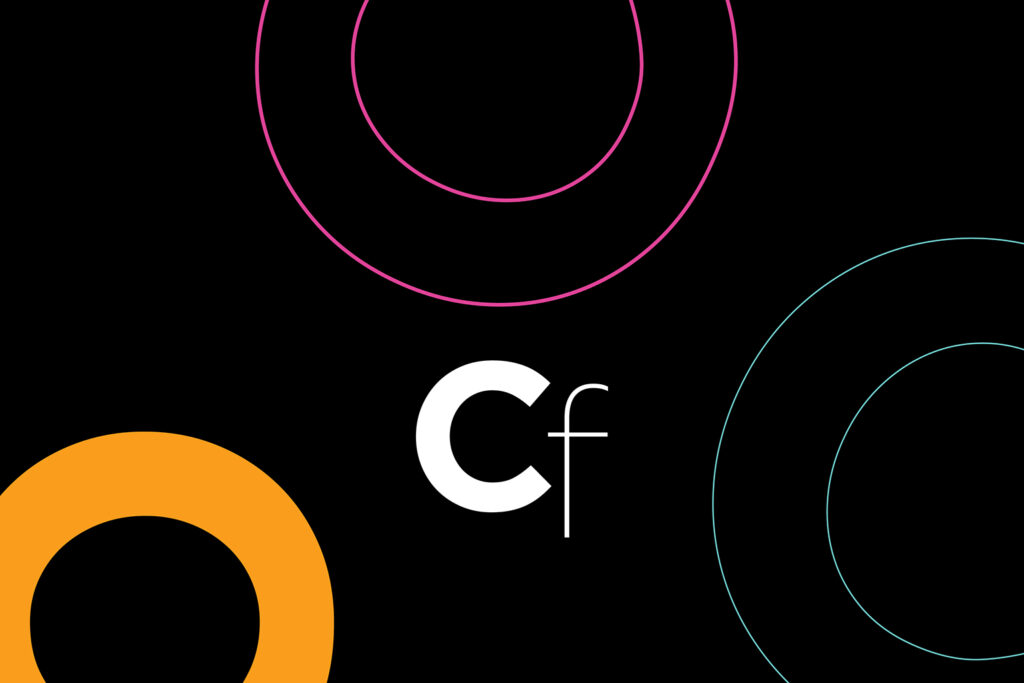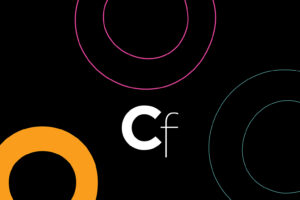Artsy Survey Shows Art Market in Transition, With Dealers Unsure How to Meet New Collector Needs

If 2024 was the year of reckoning for the art market, 2025 is shaping up to be a year of mixed messages.
In a new report published this week, Art Market Trends 2025, online art marketplace Artsy surveyed over 384 gallery professionals and art dealers across 60 countries. Over 75 percent of those surveyed cited economic uncertainty as a major challenge, while 60 percent said they are worried about changing collector behavior and declining demand.
But, while galleries say they want to attract younger and first-time collectors, their tactics suggest a lack of execution or, perhaps, commitment. 43 percent said they plan to invest more in online sales this year, while just 19 percent describe themselves as leaders in adopting new technology. Over half, meanwhile, said they made no transparency improvements last year.
Art Market Trends 2025 also surveyed over 1,200 collectors, though that data should be taken with a grain of salt, as Artsy defines the term loosely as anyone who has purchased one work of art in the past year. Still, the report found that nearly 60 percent of collectors bought art online in 2024, with 73 percent of those saying they bought the same amount or more compared to the previous year.
Among younger collectors—defined as those under 37—online buying is even more prevalent: 71 percent made purchases online, and 80 percent of those increased or maintained their online spending year over year. Yet only 44 percent of galleries display prices for all available works on their websites, and 25 percent still require potential buyers to “inquire” for a price.
The report highlights an admittedly self-serving takeaway: collectors are buying art online more than ever, but many galleries are still treating the internet as a showroom and an educational space, but not as a transparent, transactional marketplace.
But even here, cracks show. Nearly half of collectors (46 percent) say they value educational content from galleries, whether that’s about art history, techniques, or market context. Yet only 15 percent of galleries say this kind of engagement ranks among the experiences collectors respond to most positively.
Price remains another point of friction: 78 percent of collectors say they’ve hesitated to buy an artwork because it was too expensive for their budget. Over half (52 percent) have walked away because they believed the work was overpriced, and 32 percent weren’t sure if it was worth the asking price. Despite this, most galleries still determine prices based on the artist’s reputation (75 percent), followed by size and medium (63 percent); only 45 percent cite market demand. Collectors, meanwhile, rely on comparison shopping: 54 percent look at similar works, and 41 percent consult auction results.
Galleries may also be overestimating the role of geography. A majority of dealers (57 percent) say they’re targeting international buyers in 2025, likely hoping to offset soft demand at home. But for collectors, location is still a pain point: only 16 percent say their local art market “completely” meets their needs. That disconnect underscores another tension—galleries want to expand reach, but collectors often feel underserved even in their own cities. The average distance between buyer and seller on Artsy is now over 2,500 miles, suggesting that the market’s center of gravity is increasingly borderless—but also less personal, and harder to navigate without clear guidance.
For an industry built on relationships, the disconnect is striking. Most collectors told Artsy they value behind-the-scenes access and exclusive previews. Galleries agreed—but continue to focus on art fairs and traditional exhibition models that often serve existing clients, not new ones.
As auctions soften—public auction sales fell 25 percent in 2024, contributing to a 12 percent decline in total global art sales to $57.5 billion—galleries are scrambling to shore up business. The report suggests a market stuck in transition: aware of what’s coming, but unsure how to meet it.






